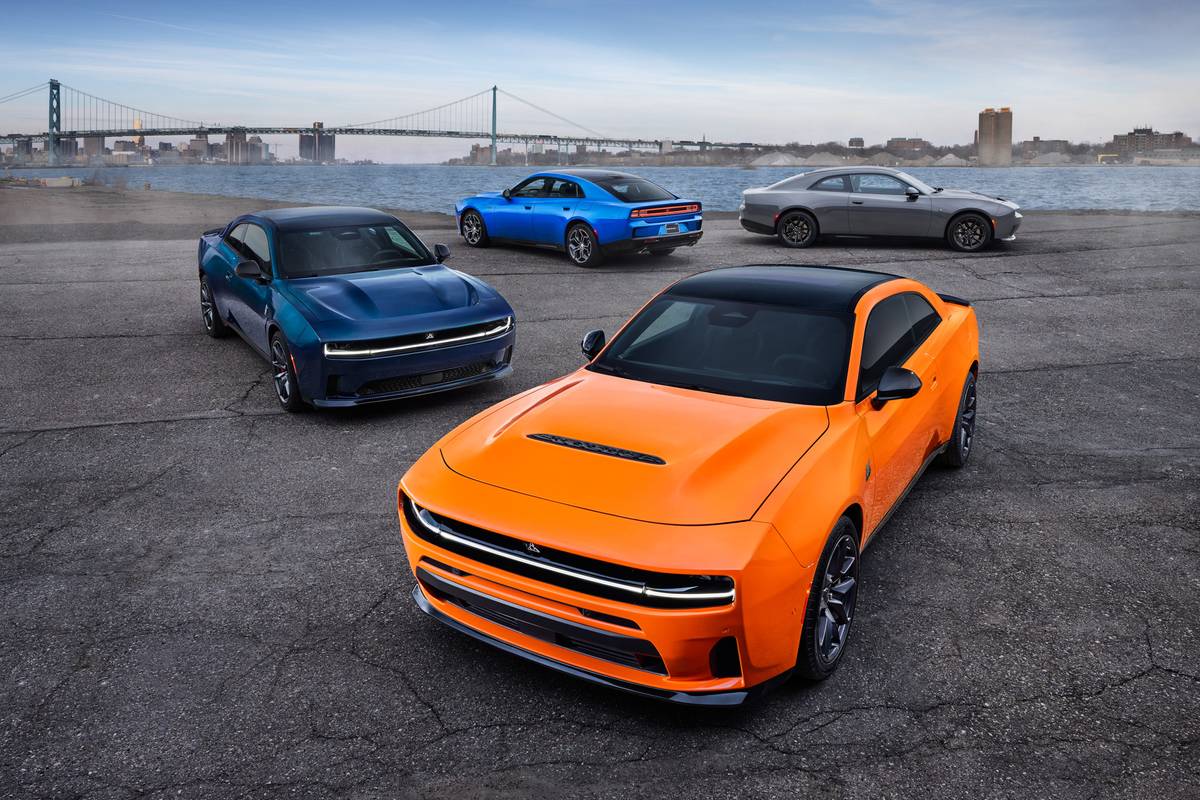Six Luxury Brands Change Their Looks at the 2016 Detroit Auto Show


CARS.COM — No fewer than six luxury brands introduced new production and concept models at the 2016 North American International Auto Show in Detroit, where their representatives each said the designs heralded a “new look” for their brands. What we’re seeing is the changing face of the luxury market, as brands take off in new directions, from an entirely new brand, to new design language, to models that are ready to buy.
More 2016 Detroit Auto Show Coverage
Whole New Brand

Genesis: Hyundai launched an entirely new luxury brand, Genesis, unveiling the 2017 G90 flagship that it hopes can sail on its own, uncoupled from the more pedestrian Hyundai badge. The G90 is a redone version of the Hyundai Equus, but under the new brand (led almost entirely by former European luxury brand managers, engineers and designers) it will lead the charge for the South Korean automaker’s first true attempt at a stand-alone luxury offering. The old Genesis sedan becomes the G80, and plans for a G70 sport sedan and at least one crossover were confirmed at the Detroit auto show as well.
Reimagining Styles
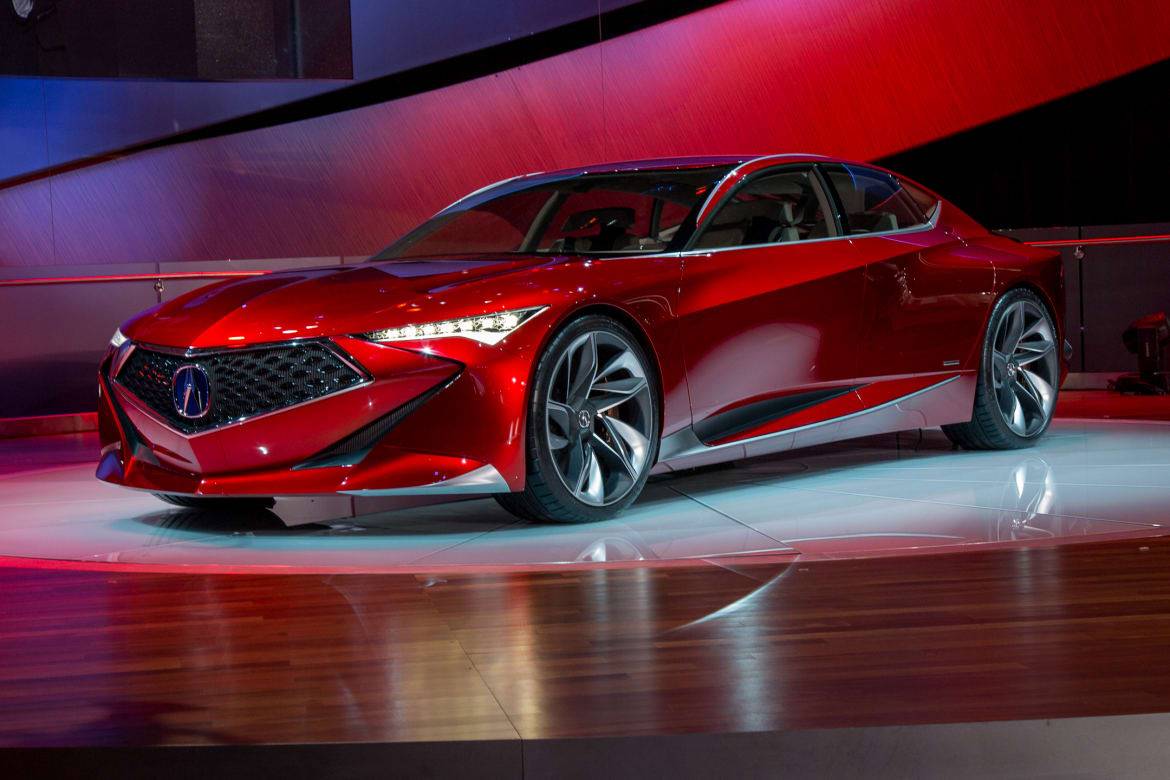
Acura: Perhaps the most promising change comes at Acura, which introduced the Precision concept, a car that company representatives say will serve as a model for the brand’s new face. Gone is the reviled big metal beak, and in its place is a hexagonal maw that manages not to look like the Infiniti or Lexus spindle grille. Some elements of the Precision clearly are fanciful, such as the doors that open on massive hinges that would protrude into the actual wheels, but this is forgivable. This truly is a concept car and a massive step in the right direction of helping Acura find some distinctiveness.
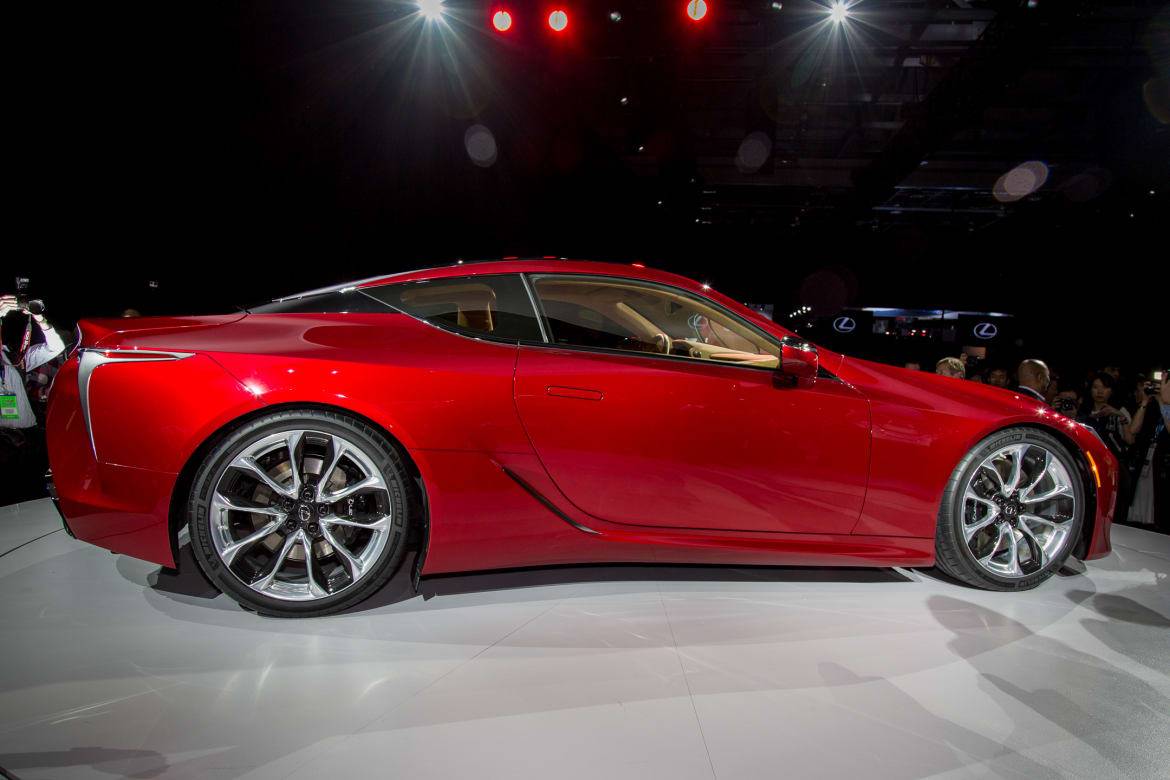
Lexus: Toyota’s luxury brand also is heading off in a new styling direction with the introduction of the 2017 LC 500 coupe, which was showcased alongside the LF-FC fuel-cell sedan concept originally shown at the 2015 Tokyo Motor Show. The LC 500 is closely based on the LF-LC concept, and the automaker has managed to preserve the concept’s dramatic look in the production car. This gives us hope that the LF-FC actually presages the look of a new LS flagship sedan, and judging from Toyota CEO Akio Toyoda’s comments at the coupe’s reveal, this is not an unreasonable expectation.

Buick: It unveiled a concept coupe that also shows a new look and direction for the brand. The Avista concept is a 400-horsepower, rear-wheel-drive grand touring coupe based on Chevrolet Camaro underpinnings. If that sounds nothing like anything Buick has offered in nearly two decades, it’s because Buick hasn’t offered anything like that in nearly two decades. Buick hasn’t had a luxury coupe since production of the Riviera ended in 1999, but judging from the general reaction and the look of the concept — that body is production ready and even has a license plate cutout and proper reflectors in the bumper — this one could start changing minds about Buick sooner rather than later.
New Production Models
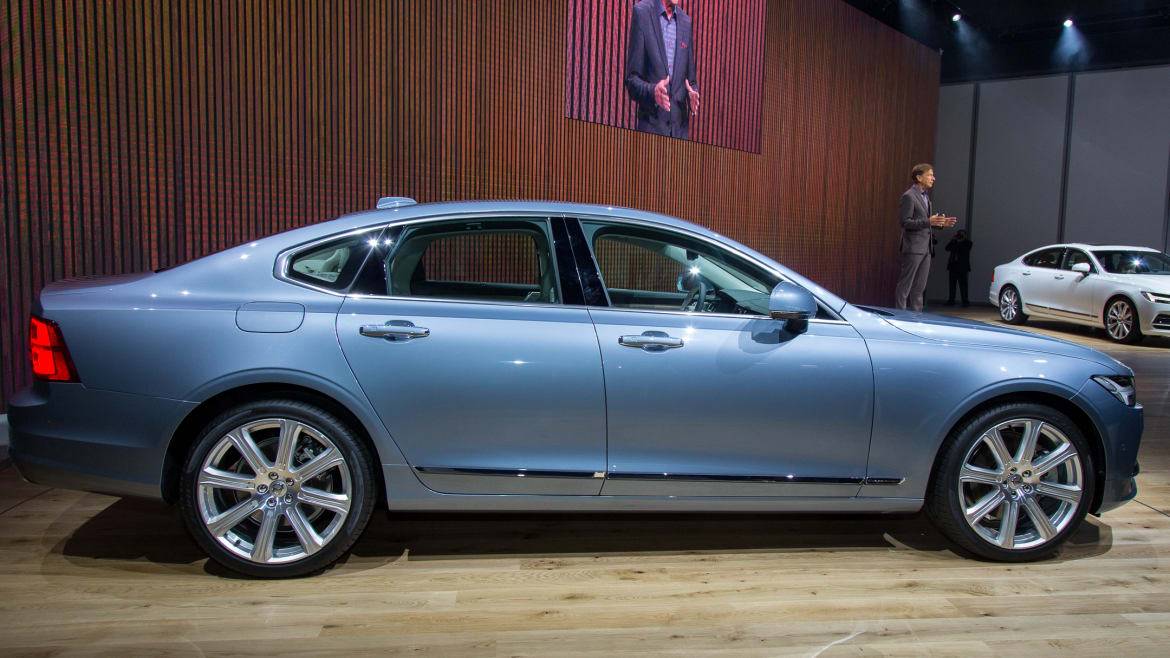
Volvo: The Swedish automaker showed us the look of its new sedans, inside and out, with the arrival of the distinctively different 2017 S90 flagship. Built on the same platform as the award-winning XC90 SUV, the sedan features a unique interior and an exterior that is upscale and furthers the brand’s resurgence as a legitimate alternative to the established marquees.
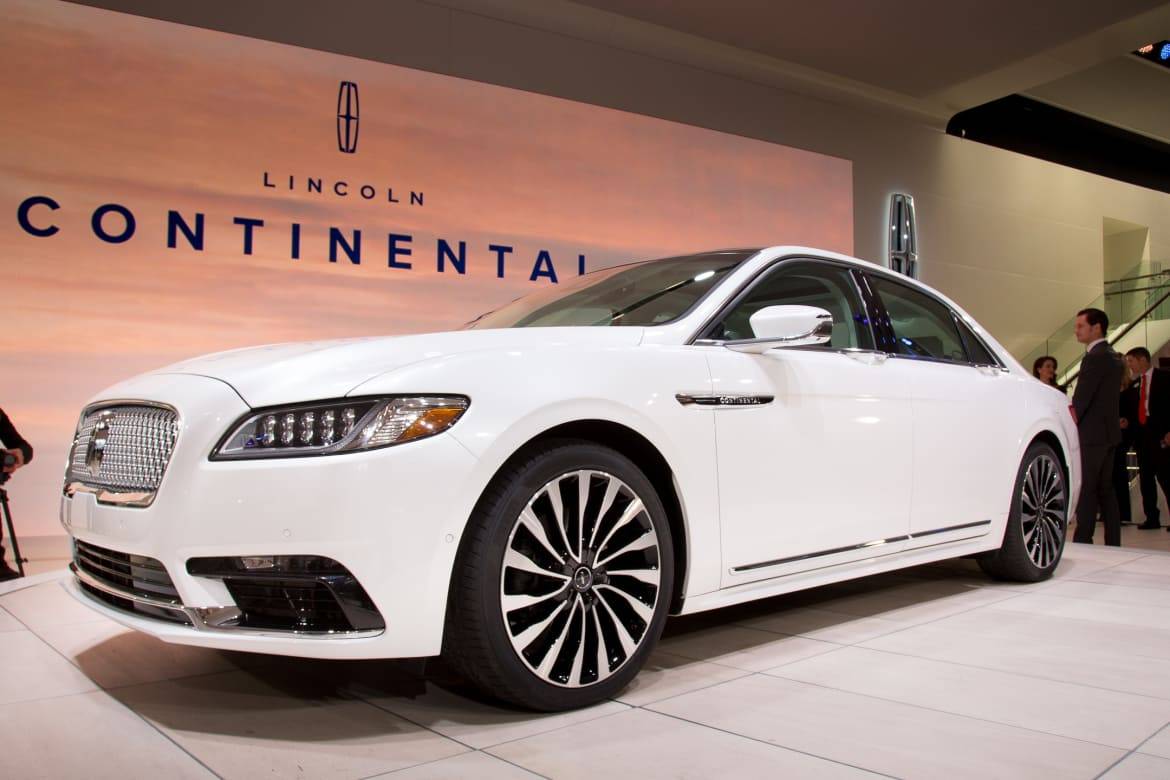
Lincoln: The Ford brand unveiled the production version of its understated — some say anonymous — flagship 2017 Continental sedan, first seen in concept form at the 2015 New York International Auto Show. It’s the first example of Lincoln’s new design direction, top to bottom, inside and out, and it’s the first car to be completely created in dedicated Lincoln design studios.
Why the Luxury Updates?
Why the big changes from so many luxury automakers? The answer may lie with the automakers that aren’t changing their looks all that much: the Germans. We saw a new Audi A4, two new BMWs and the Mercedes-Benz midsize E-Class – all of which continue established styling familiar to these brands’ enthusiasts. That successful styling, combined with the expansion of these brands’ offerings into smaller segments and niche products, is aimed at capturing newer buyers in more entry-level models. Cars such as the BMW 2 Series, the Mercedes-Benz CLA-Class and the Audi A3 are critical to gaining new, younger customers for brands that are already established in the upper echelons of luxury buyers’ minds.
Audi’s, Mercedes’ and BMW’s efforts to continually improve quality and technology while upgrading interiors in new lesser models (check out the E-Class’ swanky new cabin, for instance) are forcing competitors such as Lexus and Acura to up their game in order to maintain interest and sales levels. Sales are up across the board for luxury cars in the U.S. as the economy sails along, enjoying low interest rates and fuel prices, but that doesn’t mean companies can rest on their laurels.
The people who benefit the most are consumers, who get to enjoy some fresh new looks for familiar brands and an entirely new luxury brand as well.

Detroit Bureau Chief Aaron Bragman has had over 25 years of experience in the auto industry as a journalist, analyst, purchasing agent and program manager. Bragman grew up around his father’s classic Triumph sports cars (which were all sold and gone when he turned 16, much to his frustration) and comes from a Detroit family where cars put food on tables as much as smiles on faces. Today, he’s a member of the Automotive Press Association and the Midwest Automotive Media Association. His pronouns are he/him, but his adjectives are fat/sassy.
Featured stories


